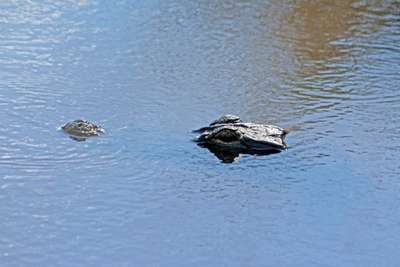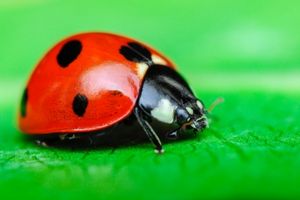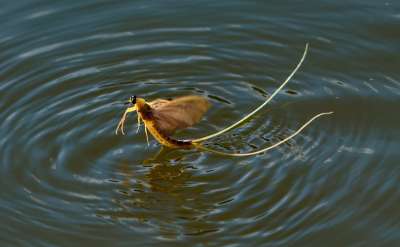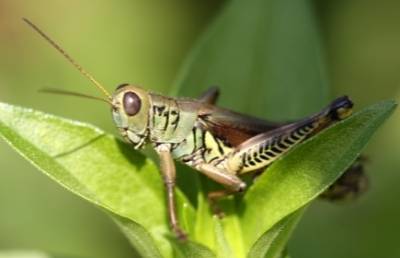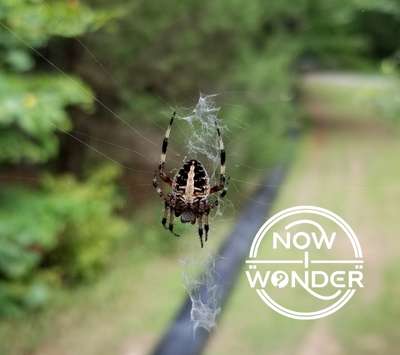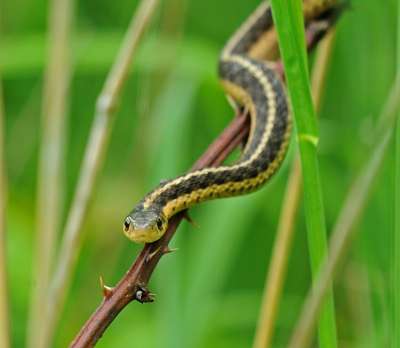Dragonflies are sometimes referred to as “mosquito hawks”, and in many parts of the United States, you would be correct in picturing a dragonfly when someone mentions a “mosquito hawk”. But in other regions, two people discussing “mosquito hawks” could picture entirely different animals. This is because the term “mosquito hawk” is an colloquial, common name that has been applied to several different creatures over the generations. So what is the difference between dragonflies and the other “mosquito hawks”?
The informal term “mosquito hawk” can refer to dragonflies, common nighthawks, or crane flies, depending on the region in which the term is used. Both dragonflies and nightjars attack mosquitoes while flying – a hunting technique referred to as “hawking”. Despite being harmless, adult crane flies are given the informal, common name “mosquito hawks” because they resemble gigantic mosquitoes.
The use of common names rather than scientific names can be tricky for just this reason. But the lack of specificity of the term “mosquito hawk” offers a chance to learn about several interesting animals all at once. Read on for details about the different “mosquito hawks”.
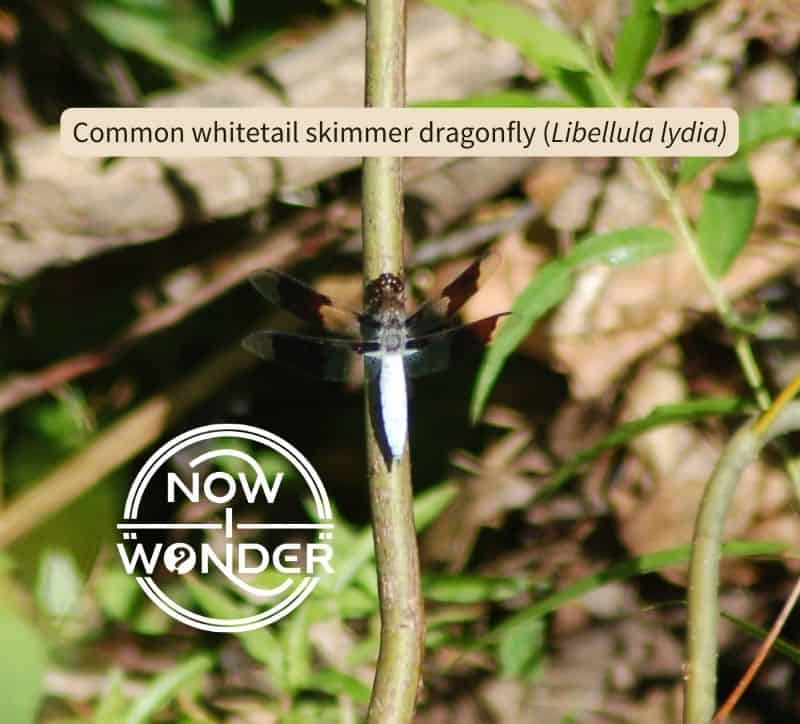
Dragonflies
Dragonflies are predatory insects classified within class Insecta, order Odonata, suborder Anisoptera. Worldwide, there are only about 5000 species worldwide, including approximately 300 species north of Mexico (Eaton and Kaufman 2007).
Dragonflies hunt other creatures at every stage of their lives. Their larvae is aquatic and live in a variety of freshwater habitats, where they prey on a variety of vertebrate and invertebrate animals, including mosquito larvae, using their unique and highly specialized harpoon-like mouthparts. They breathe through tracheal gills within their rectums (Harrison 2009) and have the six jointed legs characteristic of insects.
Dragonflies undergo incomplete, or “hemimetabolism”, and molt into their final, adult form without going through a pupal stage. Once in adult form, the adults lose their extendable mouthparts and develop strong, chewing jaws instead. They become solely terrestrial and live and reproduce around bodies of freshwater throughout the United States. Adult dragonflies continue their predatory lifestyle and become skilled hunters of other flying insects, including adult mosquitoes.
Adult dragonflies are large and robust insects. In the southeastern United States, they range in size between 0.8 inches (2 cm) and 3.7 inches (9.4 cm) of body length. They have four long, narrow wings, two large, multi-faceted eyes, and are often brightly colored.
Dragonflies can be loosely divided based on their preferred hunting techniques, which are known as “sallying” or “hawking”. Species that “sally” prefer to perch on vegetation until they spot likely prey using their tremendous vision, then fly out to attack. In contrast, “hawking” dragonfly species prefer to hunt almost entirely on the wing, flying continuously through their territory to locate their prey.
Since the term “mosquito hawk” is informal and non-scientific, it can be applied to any dragonfly species. But it is more commonly used for those species who use the “hawking” technique, such as darners (family Aeshnidae, also known as “hawkers”), emeralds (family Corduliidae), and some skimmers (family Libellulidae). These are large, conspicuous dragonflies that often hunt throughout the day so people have been observing their behavior for a long time.
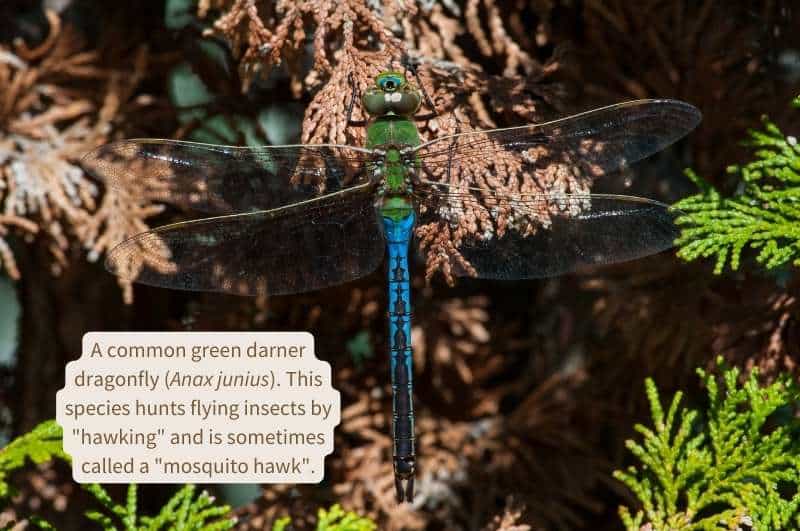
Crane Flies
Crane flies are “true flies” classified within class Insecta, order Diptera, suborder Nematocera, family Tipulidae. Worldwide, there are over 15,000 named species (Merritt et al. 2009) with roughly 1,600 of these found north of Mexico (Eaton and Kaufmann 2007).
As larvae, crane flies are diverse, as would be expected since there are 64 genera in North America alone (Eaton and Kaufman 2007). Some species are predators, others are scavengers, but most are herbivorous. All are usually innocuous but some herbivorous species, such as Tipula submaculata, can become pests in high densities because they damage crop plants by chewing their roots.
Crane fly larvae look nothing like the adults. Terrestrial species are known as “leatherjackets” (another informal, common name) because their skin is leathery to the touch, they live in the soil, rotting wood, or leaf litter. They breathe through spiracles in their skin that point backwards and are protected from being clogged with dirt or debris by fleshy papillae (van Embden 2013). Some species have a long, thin respiratory organ that projects from their heads.
The legs, antennal sheaths, and wing pads of crane fly larvae are all stuck to their bodies (Merritt et al. 2009) but they are able to move around thanks to “creeping welts”, which are “transverse, swollen areas (ridges) that bear one to several modified setae or spines” (Merritt et al. 2009). The spines along the ridges provide traction and the larvae inch themselves along by changing the pressure within their body sacs and contracting internal muscles.
Crane flies undergo complete metabolism, otherwise known as “holometabolism”. After hatching from eggs, they develop through four growth stages known as “instars”, and the pupal stage characteristic of all true flies before emerging as adults.

The adults are large, spindly insects and have lapping or sucking mouthparts but are totally harmless. However, they look menacing to us humans, thanks to an uncanny, first-glance resemblance to mosquitoes, which are also true flies but nothing like harmless to humans. Depending on the species, adult crane flies in the United States can have wing spans up to 3 inches (7.62 cm) and range in body length from 0.375-2.5 inches (0.8-6.5 cm). This makes the largest crane fly species 10 times bigger than a mosquito, which is usually only about 0.25 inches (0.06 cm) long.
Like all true flies, crane flies have only two wings (“Diptera” means “two-winged”) and they are not strong fliers. This makes them easy to catch and an important source of food for many other animals, including dragonflies and insectivorous birds. Individuals are often missing all or part of their six jointed legs as their legs are long, gangly, delicate, and easily broken off. For this reason, crane flies are also sometimes referred to as “daddy long legs”, which is another example of how confusing common names can be as this term is also applied to arachnids in order Opiliones (to learn more about the “other” daddy-long legs, check out this other Now I Wonder post “What is a daddy long legs?“).
Nightjars
Nightjars are birds classified in order Caprimulgiformes, family Caprimulgidae. They are about the size of American robins (9-10 inches or 22-25 centimeters) but most species are rarely seen thanks to exquisitely camouflaged plumage and nocturnal habits. All are insectivores and chase, catch, and swallow flying insects such as mosquitoes in flight.
Nightjars are known for stuffing themselves full of their insect prey and can catch an enormous number in a short period of time. Humans likely noticed and appreciated these abilities and began calling them “mosquito hawks”.
During the day, most nightjars hunker down on the ground and remain motionless with their large, dark eyes closed. Their feathers are variegated in shades of brown and gray and blends extremely well into leaf litter or rocky areas as long as the birds keep their wings folded to hide their more conspicuous patches of white and black.
But one species, the common nighthawk (Chordeilis minor), is more active by day than other nightjars and can sometimes be spotted high in the air as it wheels and dives while hunting. Since mosquitoes are more active by day than night, common nighthawks eat more mosquitoes than other nightjars and are the most likely of the birds in this family to be called “mosquito hawks”.
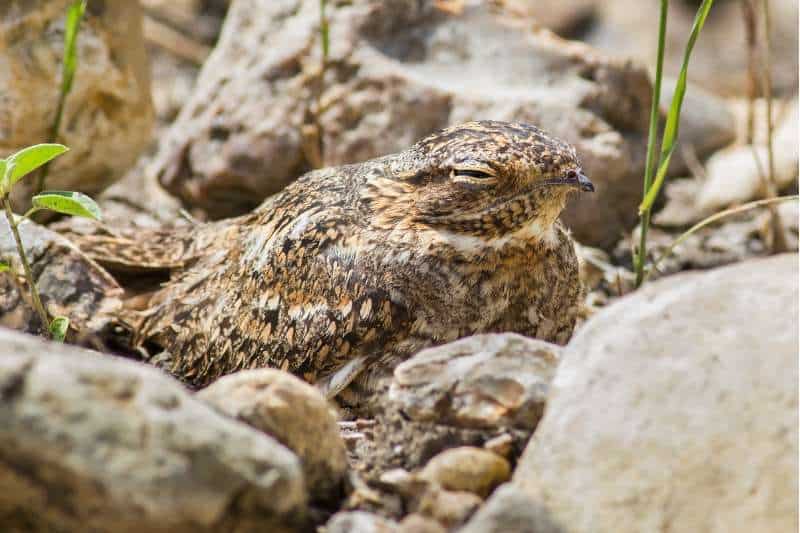
Conclusion
Dragonflies, crane flies, and nighthawks can all rightly be called “mosquito hawks”. But the fact that each animal is entirely distinct from the others highlights the confusion that using common names rather than scientific names can create.
Referring to any of these three animals as “mosquito hawks” when telling someone a story about the really cool creature you spotted on your walk is technically correct. But you might want to clarify exactly what creature you’re talking about in advance. Otherwise, you could find yourself telling a gripping story about a large, voracious insect predator while your listener is picturing a cheerful little bird.
Related Now I Wonder Posts
For more about dragonflies and other insects in order Odonata, check out these other Now I Wonder posts:
- Is a dragonfly a fly?
- Can dragonflies walk?
- What do dragonflies do at night?
- What is the difference between a dragonfly and a damselfly?
- Dragonflies vs. Butterflies Part 1: First Comes Form
- Dragonflies vs. Butterflies Part 2: Second Comes Function
- Are there different types of dragonflies?
- Dragonflies vs. Horse Flies: Allies vs. Enemies
- What is the difference between dragonflies and mayflies?
References
Eaton, Eric R., and Kaufman, Kenn. 2007. Kaufman Field Guide to Insects of North America. Mariner Books. HarperCollins.
Harrison, Jon F. “Respiratory System.” In Encyclopedia of Insects, edited by Vincent H. Resh, and Ring T. Carde. 2nd ed. Elsevier Science & Technology, 2009.
Merritt, Richard W., Gregory W. Courtney, and Joe B. Keiper. “Diptera.” In Encyclopedia of Insects, edited by Vincent H. Resh, and Ring T. Carde. 2nd ed. Elsevier Science & Technology, 2009.
Paulson, Dennis. 2012. Dragonflies and Damselflies of the East. Princeton: Princeton University Press.
Potter, Eloise F., Parnell, James F., Teulings, Robert P. 1980. Birds of the Carolinas. Chapel Hill (NC). University of Chapel Hill Press.
van Emden, Helmut F.. 2013. Handbook of Agricultural Entomology. Hoboken: John Wiley & Sons, Incorporated.

